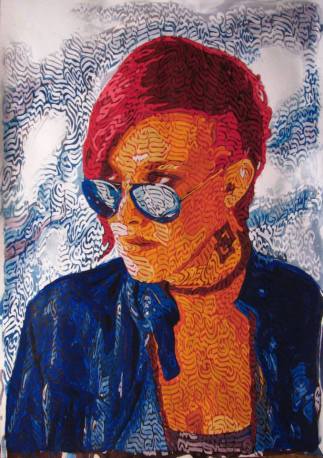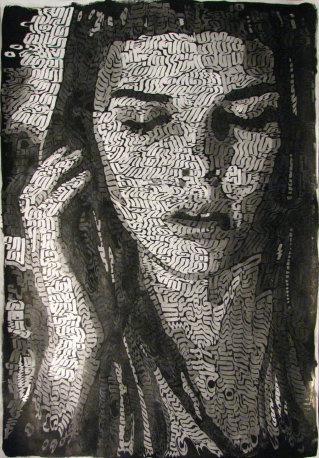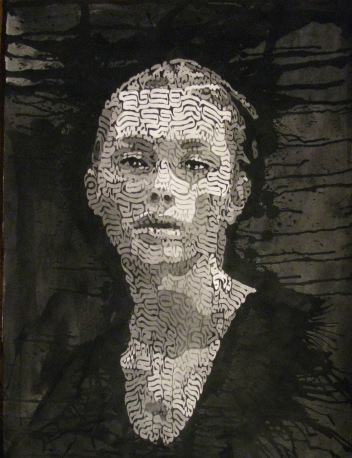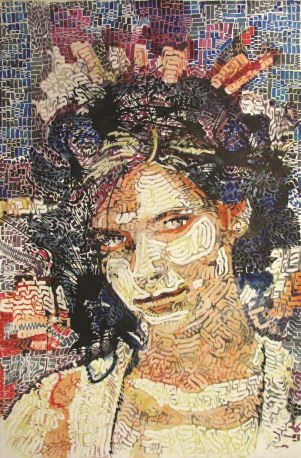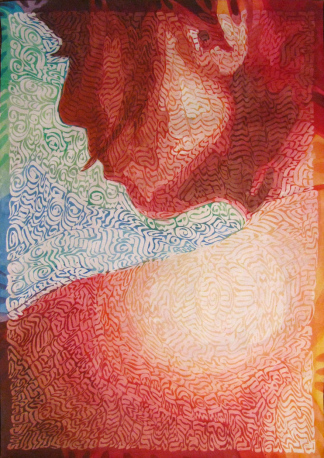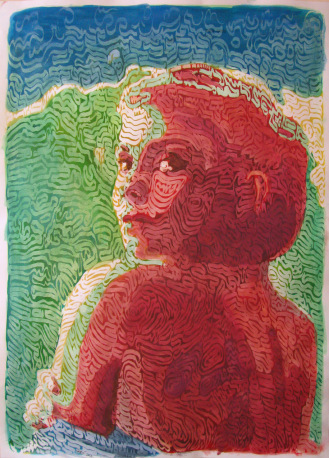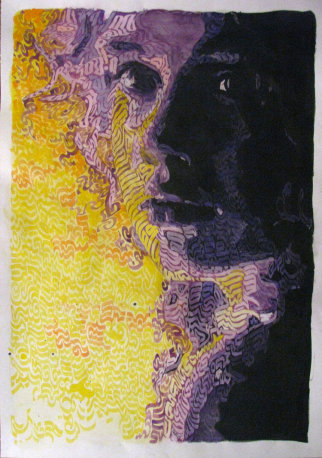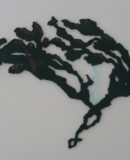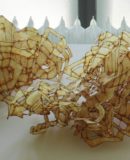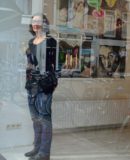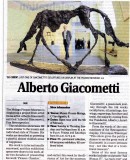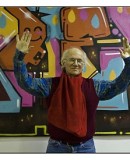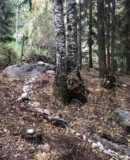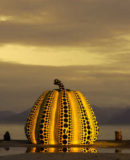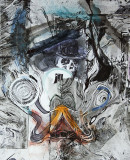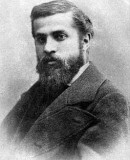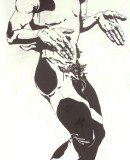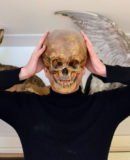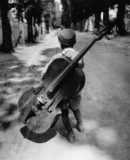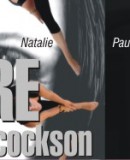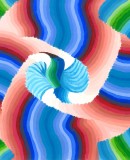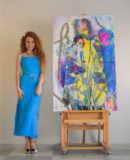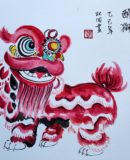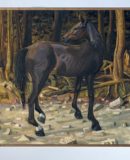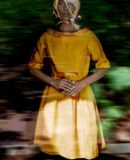World Fine Art Professionals and their Key-Pieces, 31 – Milan Glozic
World Fine Art Professionals and their Key-Pieces, 31 – Milan Glozic
Artist Milan Glozic
is from Serbia. He has an adventurous spirit and is prone to experimenting. In his art he applies all the traditional techniques, as well as photography, photo manipulation and digital art.
Glozic’s artworks range from social and political issues, science fiction to symbolism and abstractions. By playing with themes and materials he learned to tackle them and, eventually, he discovered himself and his vision of art. Now he focuses in exploring the female portrait.
The beauty question
Various female portraits were on show in Arps Gallery in Amsterdam in november 2014. Milan Glozic
: ‘I tried to tackle the question of beauty, one of the pivotal questions in art. By painting faces, I try to discover what makes one face more beautiful than the other. It is a question which has occupied many philosophers and artists who have dealt with aesthetics since ancient times.’
Realizing that the question of beauty raises more questions than answers, resulting in a labyrinth of thoughts, he took this question as the guiding principle for this series of works. Glozic
also explores another element of art – the line. Working on the faces he wants to discover the artistic possibilities of the line and its aesthetic effect.
Milan Glozic
: ‘Many artists and theorists of art history have divided art pieces into basic elements in order to understand them. Some artists – according to the theorists – prefer a single direction in their compositions – horizontal, vertical, sidelong or curvy, depending on the main idea they aim to express. This line or direction is called “the dominant”. The dominant doesn’t only carry the visual aesthetic principle, but it also clears the image by guiding the beholder’s eye to the highlights of the painting.’
The snake line
In Glozic’s pieces it isn’t that simple to distinguish the dominant line. A large number of lines are intertwined. By carefully looking from a certain distance the eye focusses and distinguishes the leading line.
Glozic
: ‘The English painter William Hogarth claimed that in art we have a single leading principle: all forms in an art piece have to follow a single line and be directed towards it. He thought that “the snake line” was the most pleasing to the human eye, because it is a line of beauty and graciousness. The snake line happens to be the line most represented in my pieces. The curvy line represents the excitement of the heart, tenderness and affection.’
The concept of an artwork imposes certain conditions and obligations that have to be fulfilled, so that the idea is expressed fully. The concept needs a unity of thought, depiction and technique, according to Milan Glozi
. ‘Otherwise the aesthetic and artistic effect will be missing.’
In the faces in his portraits Glozi tried to depict feelings, representing the human soul. It makes his artwork natural and gives it a humanistic quality.
The joy of creating
Milan Glozic
has been painting for as long as he can remember. He graduated from The College of Fine and Applied Arts, Belgrade in 2003. ‘Only then did I become serious about my art. It has been a mix of struggle and joy and it still is. Finding the best way to expose my work to an audience and showcase it to the world was difficult at times. Then would be the pure joy of creating and working to express myself. In my opinion this is the most satisfying part in the life as an artist.’
As for his Key Peace Glozic says: ‘There are a few. It’s like taming a wild horse. It was a lot of hard work battling with oneself, others and the artwork itself. But in the end it’s all worthwhile. There’s a surge of energy and creativity unleashed when you are ready to take that most important step. It pushes you forward to explore new ideas and then mixes it with previous experiences and so on.
Watercolors
His latests key piece / key moment was when he created a portrait that will be shown in Amsterdam, in Ella Arps Gallery (http://milanglo.deviantart.com/art/girl-265993837). ‘It pushed me onwards to explore the subject first in black and white and then, in time, adding colour.
When he was left without a studio where he could make his oil paintings he had to improvise: ‘I had to come up with something that I could paint at my flat. I started experimenting with watercolours, ink and temperas just to keep me going. After a while an idea started to take form and I knew just what to do. ‘
http://www.overdekunst.nl/international-window/milan-glozic-144.html
http://milanglo.deviantart.com/gallery/
http://ifthenisnow.nl/nl/verhalen/world-fine-art-professionals-and-their-key-pieces-30-milan-glozic
Disclaimer: The views, opinions and positions expressed within this guest article are those of the author Walter van Teeffelen alone and do not represent those of the Marbella Marbella website. The accuracy, completeness and validity of any statements made within this article are not guaranteed. We accept no liability for any errors, omissions or representations. The copyright of this content belongs to Walter van Teeffelen and any liability with regards to infringement of intellectual property rights remains with the author.

